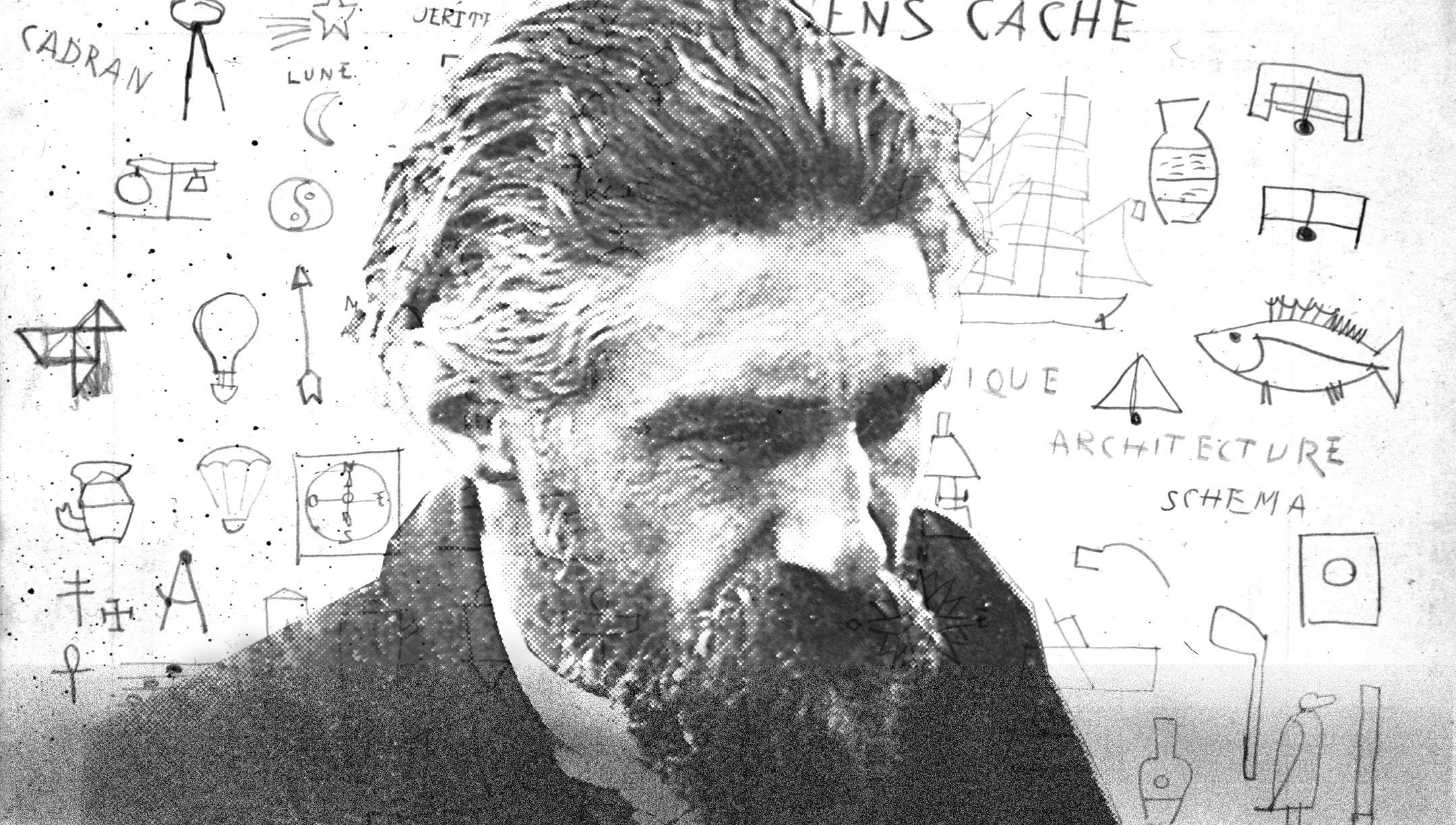
Biography
1874
Joaquín Torres-García was born on July 28, 1874, in Montevideo, Uruguay, to Joaquín Torras i Fradera, a business owner from Catalonia, Spain, arrived to Uruguay in 1865 as a young man, and María García.
Torres attended school intermittently and began assisting with the family business—a trading post that also functioned as a general store, bar, and carpentry workshop on the outskirts of the city.
In 1891, Torres left Uruguay with his father for Mataró, in Catalonia, Spain, his father’s homeland. He attended a local artist studio -Vinardell- where he painted for the first time in oil. He also studied at the ‘Escuela Municipal de Artes y Oficios’ -(Academy of Arts and Crafts)- of Mataró.
Family relocated to Barcelona. He enrolled at the Escola d'Art i Oficis de la Llotja (School of Fine Arts) and the Academia Baixas. His studio became the nucleus of friends, young artists, musicians, and writers. Julio González, now regarded as the father of modern iron sculpture and his brother Joan shared artistic pursuits with Torres, working alternately in Torres’s studio and in the González family’s blacksmith workshop..
His interest was in drawing, producing hundreds of charcoal and pencil works, including nudes, street scenes, historical figures, and self-portraits, rendered in firm, thick, overlapping lines that recall Steinlen and Toulouse-Lautrec yet remain unmistakably his own.
He illustrated books and magazines, work that was increasingly in demand and earned him a living and critical recognition. The experience led him to transform narrative into drawings, developing a visual language derived from the text. He exhibited four works at the Palau de Belles Arts in Barcelona, and from then on, showed his work regularly.









1900
At the turn of the century, Torres transitioned from a decorative, poster-like approach to a rigorous emphasis on composition. He developed a planar style with a bold palette, suppressing depth and staging a precise interplay of line, form, color, and rhythm. Whether working in a figurative, like the old masters, or in a purely non-representational mode, Torres consistently conveyed a sense of geometric abstraction in his art.
He began teaching drawing to his first students, among whom was Manolita Piña, who, nine years later, would become his wife.
In 1900, Torres held his first solo show at Barcelona’s La Vanguardia Gallery, prefiguring his emergence as a leading figure in Catalan Modernisme. A critical review by Miquel Utrillo appeared in Pèl & Ploma, accompanied by a charcoal portrait of Torres by Ramon Casas. That same issue featured his painting Font de Joventut on the cover, reproduced several of his works, and published his first essay, Impresiones.
Thereafter he published theoretical essays and reviews in Barcelona’s leading magazines, marking the start of his career as both painter and writer.
In 1902, Torres worked on a commission from Gaudí to design stained glass windows for Mallorca Cathedral. A technique known as “trichromy”, invented by Gaudí was used, involving the layering of three panes of glass in primary colors. Through this project, Torres learned to work with red, yellow, and blue, acquiring a sure command of the primary colors that would return in his later work.
In 1905, a rose window and two vertical stained-glass panels were installed on either side of the apse.






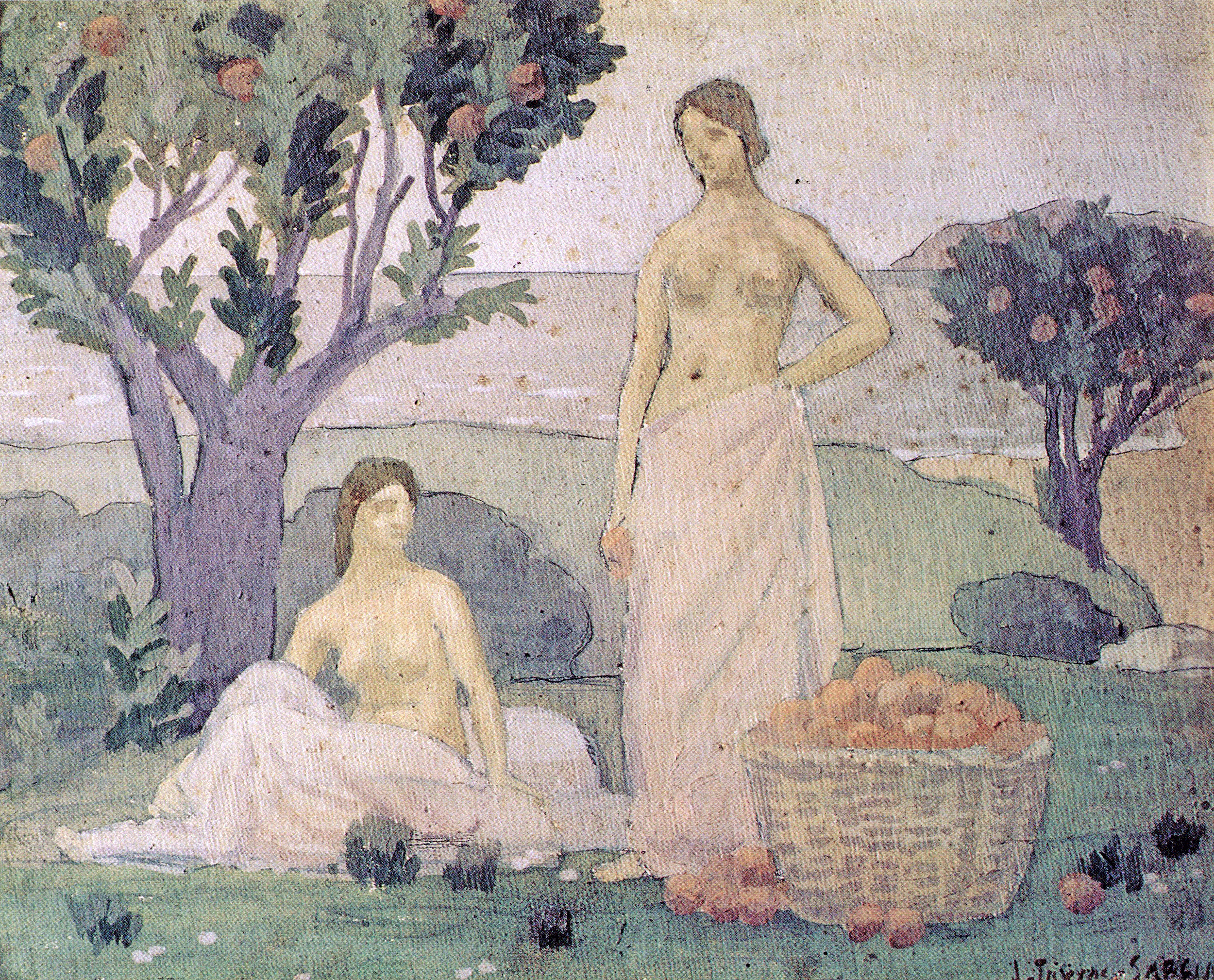

1906
Torres-García focused his energies on mural painting, using the wall to pursue a public, architectonic art.. Notable examples include the six frescoes for the Capella del Santíssim Sagrament at the Church of Sant Agustí in Barcelona.
A series of allegorical scenes of rural life for the dining room of the Torre del Campanar, a Modernista residence built in 1908 by Joan Rubió i Bellvé, a disciple of Gaudí, (now housed at the Museo Reina Sofía in Madrid).
The frescoes in the chapel of the Divina Pastora in Sarrià; and the stained glass windows for the Sala de la Comissió d’Hisenda (Finance Commission Room) at Barcel ona City Hall.
Preliminary drawings and studies for these early murals reveal Torres-García’s initial use of an orthogonal grid, a structure not explicitly visible in the final works, like the unseen score behind a piece of music.
The murals themselves reflect a mature classicist approach, marked by inventive variations on the canon of human proportions.
In 1907 he writes in article published in Empori ‘Without structure—of ideas and how things fit together—we miss what matters, lose the relations that make judgment possible, get swamped by information, and study only makes everything murkier.’
He took charge of the art department at a progressive school founded by the renowned educator Joan Palau Vera, collaborating closely in shaping its pedagogical vision, contributing to its curriculum.
In 1909 he marries Manuela Piña de Rubies, they have four children.






1910
Torres spends almost a year in Paris and Brussels, where he was commissioned two murals for the Uruguayan pavilion in the 1910 Brussels International Exposition. Titled Animal Husbandry and Agriculture, the murals were painted on large half-moon panels (tympana) crowning the entrance doors, each about 16 feet (5 m) across.
He drew small sketchbooks of numbered watercolors depicting the places he visited—intimate, almost miniature in scale. Two are titled Bruxelles (1–45) and Anvers–Bruxelles (46–97), while a third Brussels, Paris, Florence, Catalonia, Rome, Geneva, 1910/1912 (98–145) traces a broader journey.
Torres-García’s art and writings were embraced as a defining expression of the Catalan revival. After exhibiting his major work Filosofía X Musa, he was recognized as a leading figure of Noucentisme; the painting is often presented as an archetype of Catalan culture.
The painting was acquired by the Institute of Catalan Studies (Institut d’Estudis Catalans), where it still hangs today.
In 1911, Prat de la Riba, commissioned Torres-García to create stained-glass windows and murals for the Palau de la Generalitat, the seat of the Catalan government —a 15th-century Gothic-Renaissance building,—that would symbolize the resurgence of modern Catalonia in the 20th century.
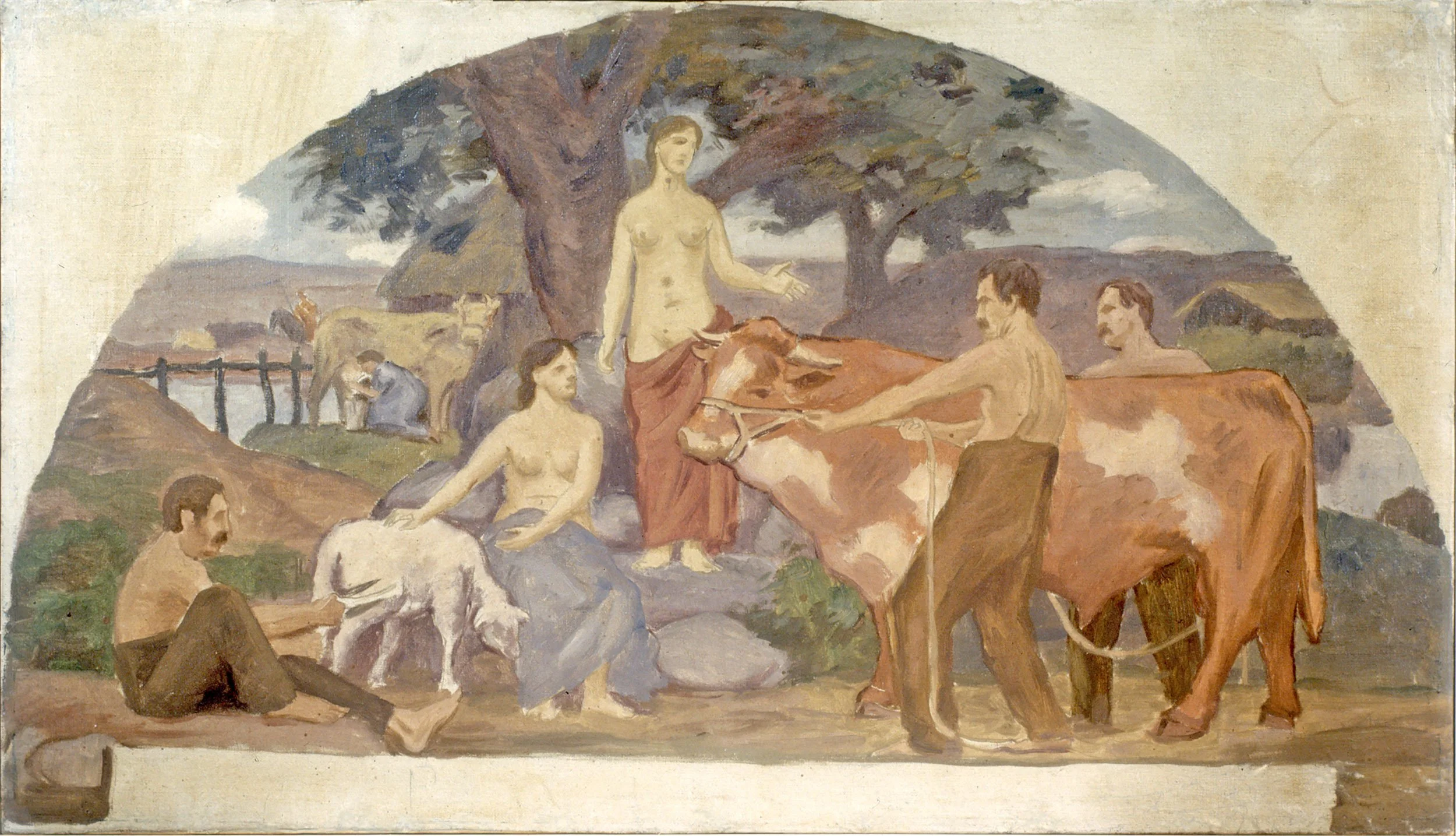







1912
Torres presented 78 artworks including the painting ‘Philosophy x Muse’ in a solo exhibition at Dalmau Gallery.
From Paris the Section d’Or extended to Barcelona, with Galeries Dalmau hosting a follow-up described as the second Cubist show outside Paris and the first to include Duchamp’s Nude Descending a Staircase (No. 2).
Torres, well versed in Cubism, published a foundational essay, “Considerations on Cubism and Pictorial Structuralism (Consideracions al Voltant del Cubisme i de l’Estructuralisme Pictòric), which clarifies his direction at the time. ‘Cubism,’ he wrote, ‘is a reaction against realism, driven by a need for structure.’
He visits Italy. Florence, Pisa and Rome and then on to Saint Cergues in French/Swiss border while he worked on studies for the murals for the Palau de la Generalitat.
He planned to begin painting in December or early January, a season well suited to fresco given the higher humidity and cooler temperatures. Studies begun the previous year culminated in Eternal Catalonia, the first fresco for the Saló Sant Jordi. He finished it in thirteen days, and it was unveiled to the public on September 13, 1913.
Opens the art school Escola de Decoracio in Sarriá, and published a magazine by same name.
He published his first book, Notes on Art (Notes sobre Art). His theoretical writings express his aim to create a Mediterranean art that was contemporary with his time, ‘since life is always lived in the present, we must not turn away from our own era, nor distance ourselves from the leading currents of art in modern Europe.’
The book Art and Artists (Arte y Artistas ) by Josep Junoy was published with a chapter titled From Paul Cézanne to the Cubists, where both Picasso and Torres-García are featured. Junoy sent the book to Paris to his friend Juan Gris and to Picasso.






1914
The project sparked a public controversy (often called “the Sant Jordi affair”) over style and symbolism.

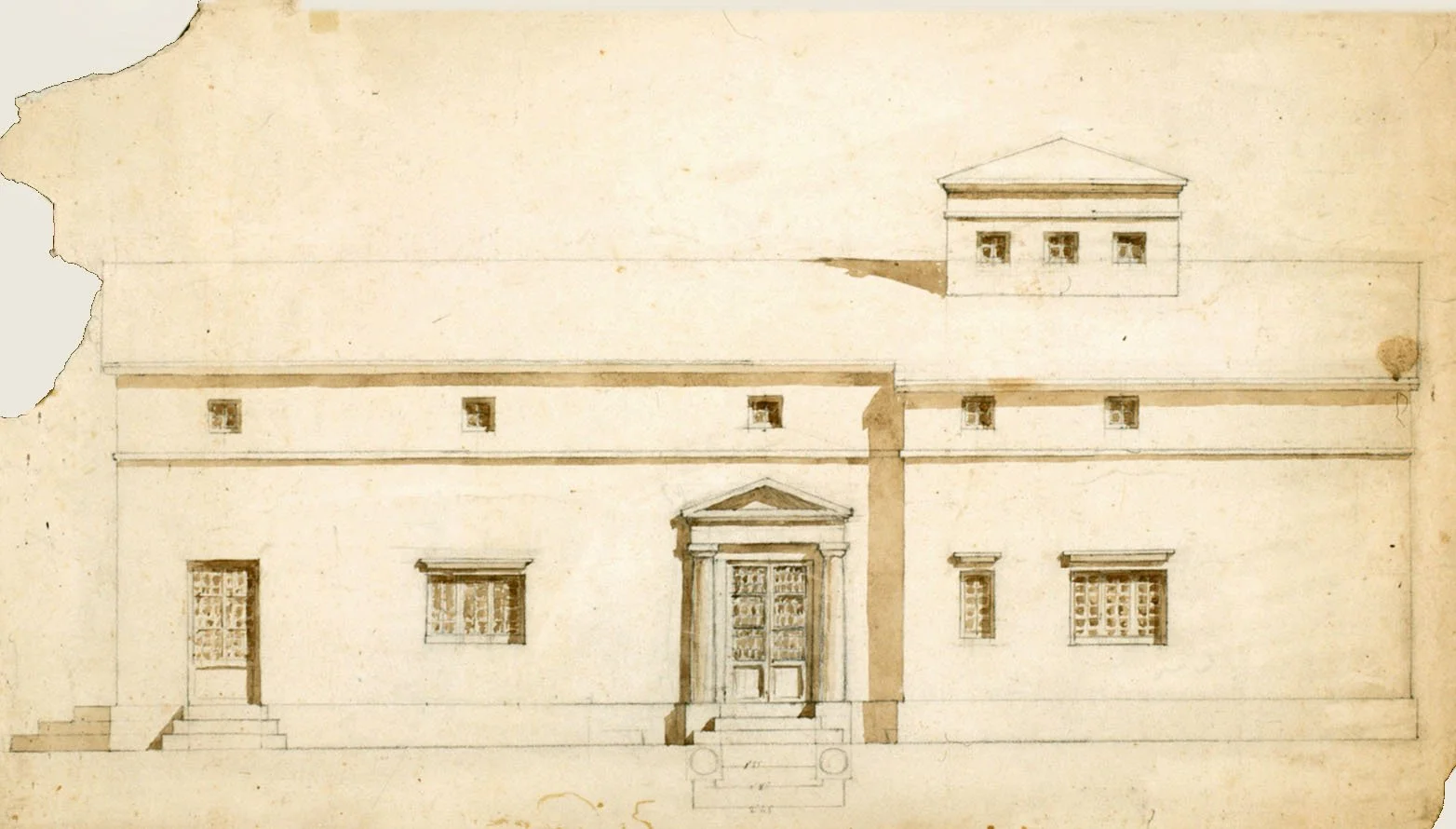
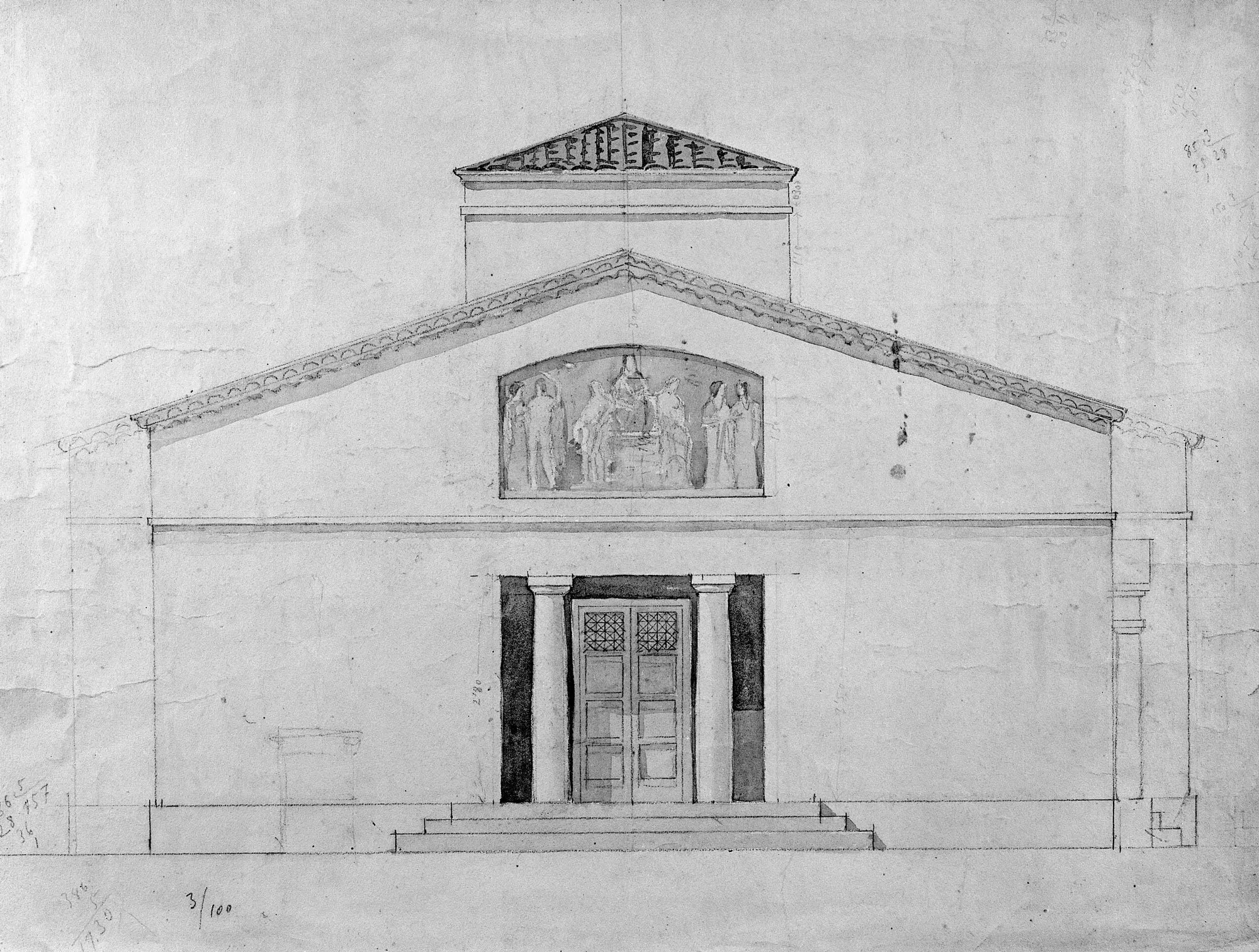

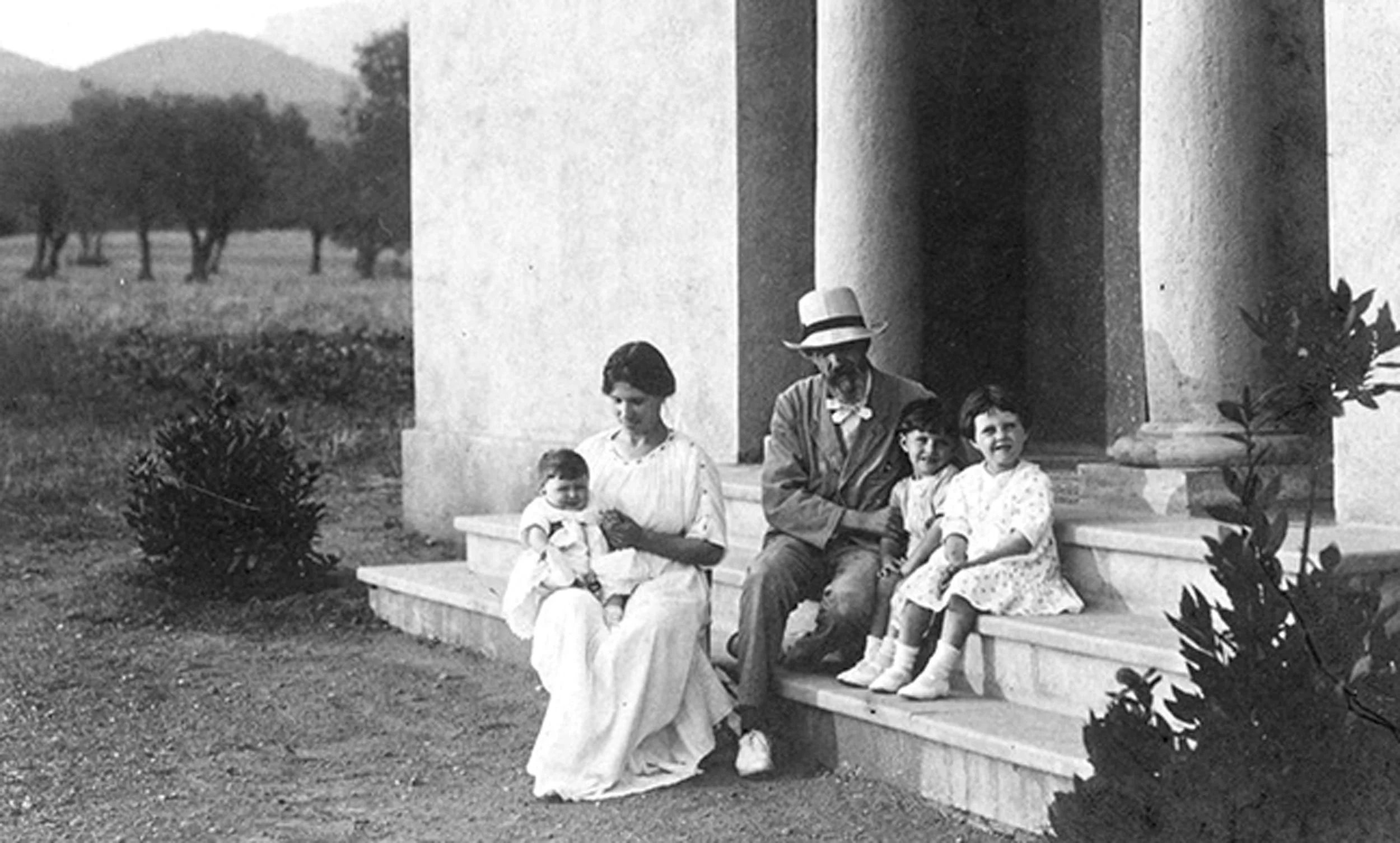
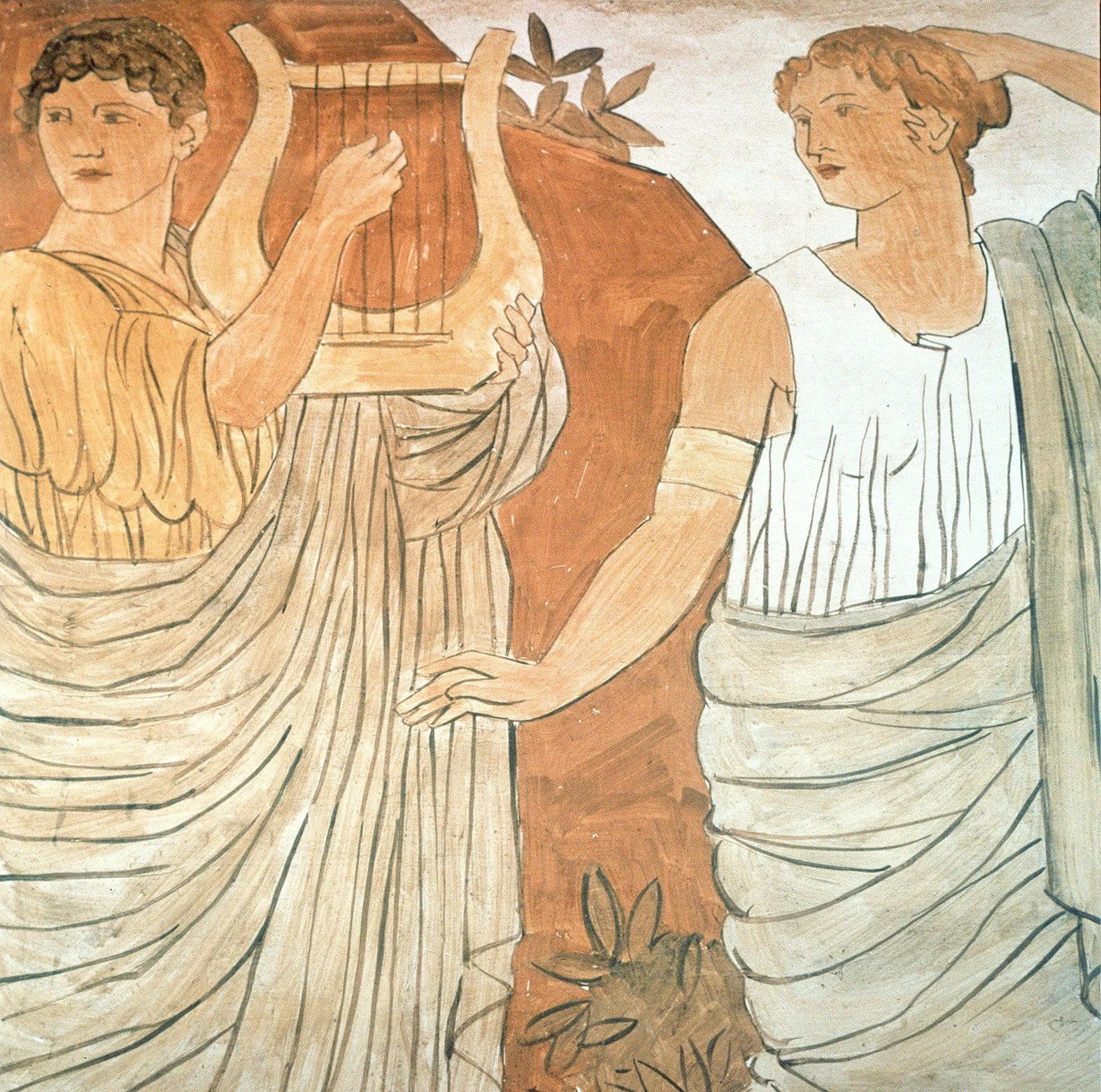

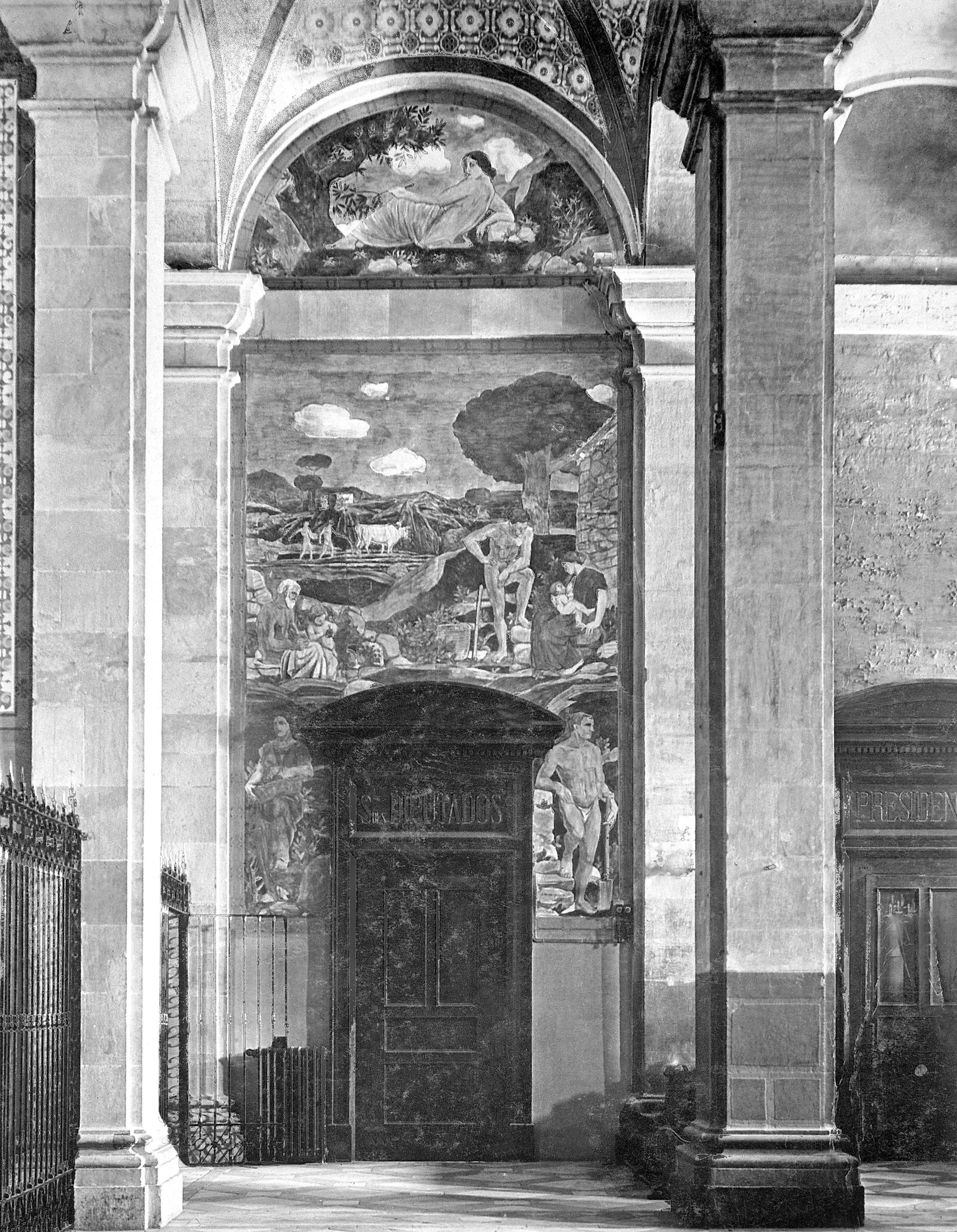

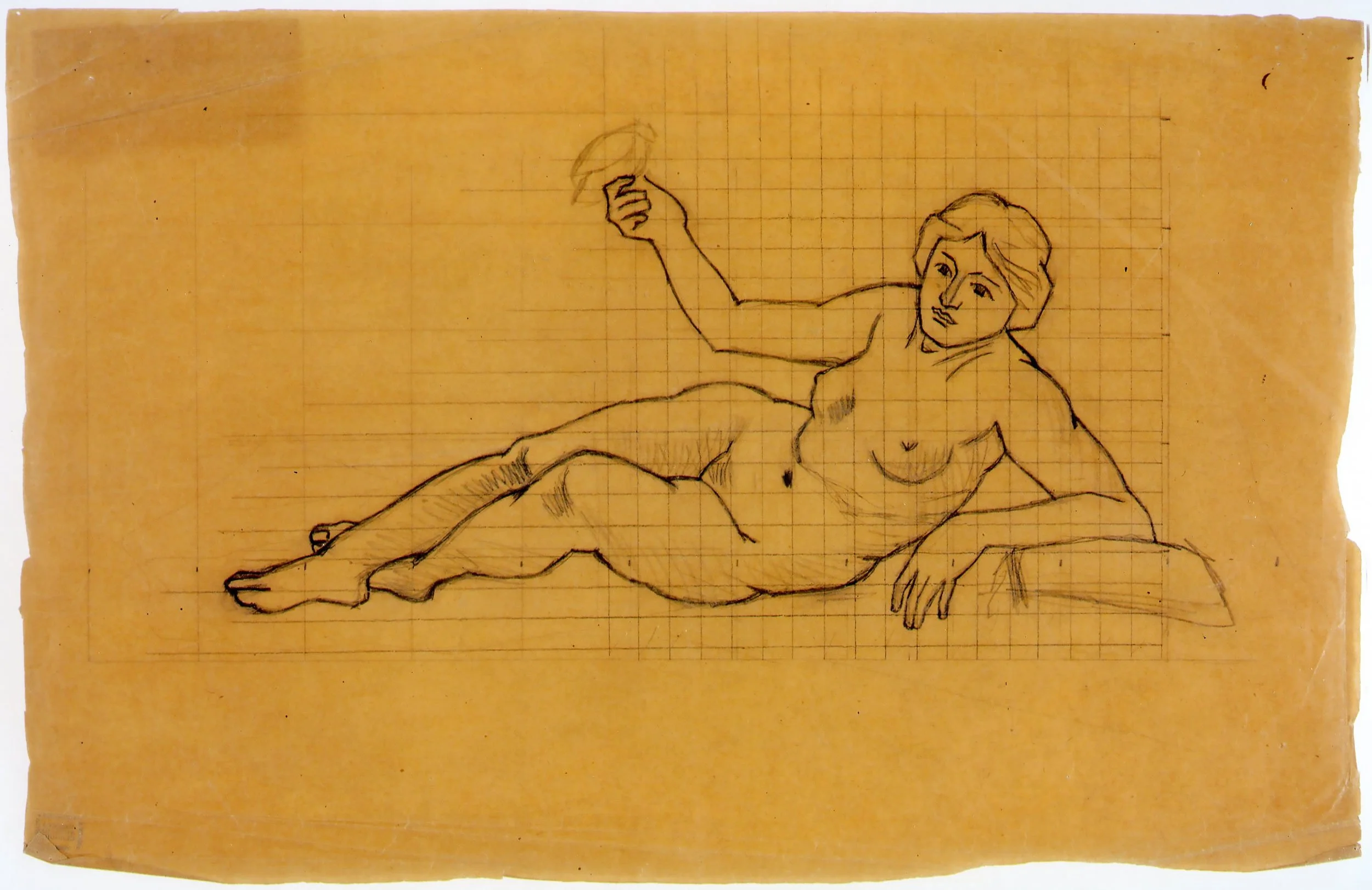
1917
Torres-García has various solo exhibitions in Barcelona, at the Galeries Dalmau, Galerias Laietanes, and Salon la Publicidad. Participates in the group exhibit Gremmi d’Artistes. Publishes eight essays including Art Evolutio. While still in office, Prat de la Riba dies, and there are growing political tensions and uncertainty regarding Catalonia’s future. The press is censored. Barcelona’s merchant ships are attacked by German forces.
Solo exhibit at the Galeries Dalmau where he presents his “Joguines d’Art,” a sculpture/toy series for children; he writes: “let us give them toys in pieces, and let them do what they wish. This way, we will adapt.” Participates in group exhibitions at Exposicio Municipal d’Art with Joan Miró and others, and in the show El Primer Salo de Tardor at Galeries Layetanas. Publishes four essays including “Plasticisme.”


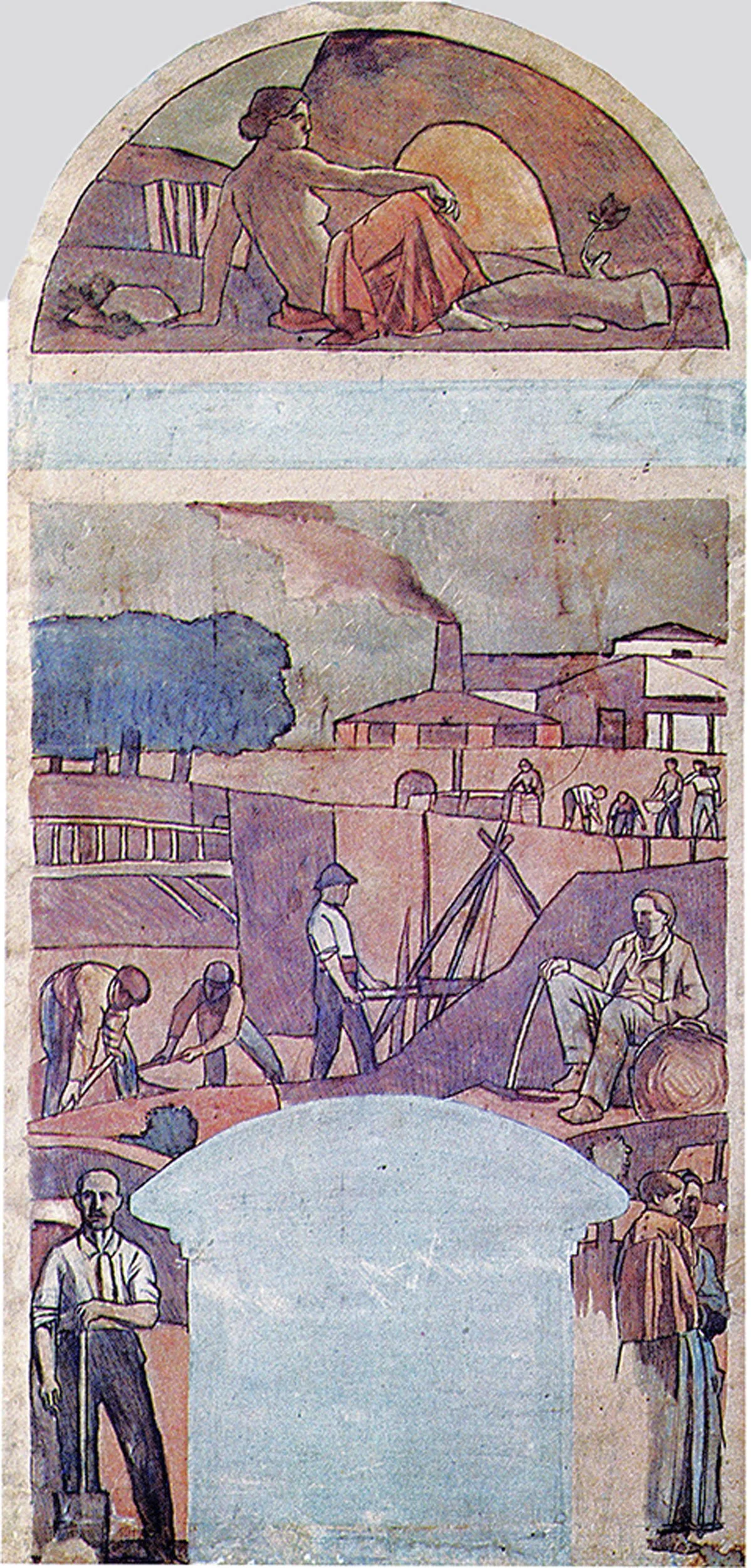




1919
Torres ongoing commission for the Palau de la Generalitat is canceled. Exhibits at VI Exposicio de Juguetes y Articulos de Bazat, Universidad Industrial, where he presents his “Joguines d’Art.” Participates in two group exhibits: Exposicio Municipal d’Art at Barcelona’s City Hall, and Agrupacio Courbet at Galeries Layetanas with Miró, Rafael Sala, E. C. Ricart, and others. Publishes three essays. Sells his home, Mon Repos.
Solo exhibition and lecture at Asociación de Artistas Vascos in Bilbao. Participates in the group exhibit Exposicio de Pintures i Dibuixos at Galeries Layetanas, Barcelona.
Returns to Paris. In June, Torres visited Picasso, who gave him a warm welcome. In 1917, Picasso visited Barcelona with his dealer Vollard, and both saw Torres-García’s Sant Jordi frescoes. Around that time, Picasso was clearly developing a renewed interest in classicism. Torres-García showed him photographs of his work including the Mon Repos frescoes. his encounter may have played a role in Picasso’s deepening engagement with classical forms.The influence extends beyond shared themes like poses, hairstyles, faces, jewelry, and clothing—it can also be seen in the composition, spatial structure, color palette, tonal transitions, and in the schematic, symbolic groupings of figures, such as motherhood or men at work. A comparison between Picasso’s Pan’s Flute (1923, Musée Picasso, Paris) and the “family” group in Torres-García’s second fresco (1915) makes this connection clear.
Visits Brussels, and then travels to New York City. The press chronicled Torres’s arrival: ‘…the steamer Montserrat … arrived yesterday from Cadiz … among the passengers, Torres-García. who came here with his family to spend two years (…) He brought with him 300 paintings…’
He first lives at Walter Pach’s studio for several months before moving to 4 West 29th Street.
Torres described his work as: ‘something he had started in 1918 in Barcelona: street scenes of ports, railway stations traffic and objects of every sort. All of it responded to a deeply personal vision, entirely his own, expressionistic yet geometric, and highly dynamic. At times it conveyed a sense of realism; at others, a true synthesis: a free, rhythmic painting style already marked by dominant vertical and horizontal lines.”.
Collaborates with Mitchell Kennerley and Rudolf Meyer Riefstahl on the creation of two companies Artist Toy Makers and Go-Pony for the development and sale of the “Joguines d’Art.


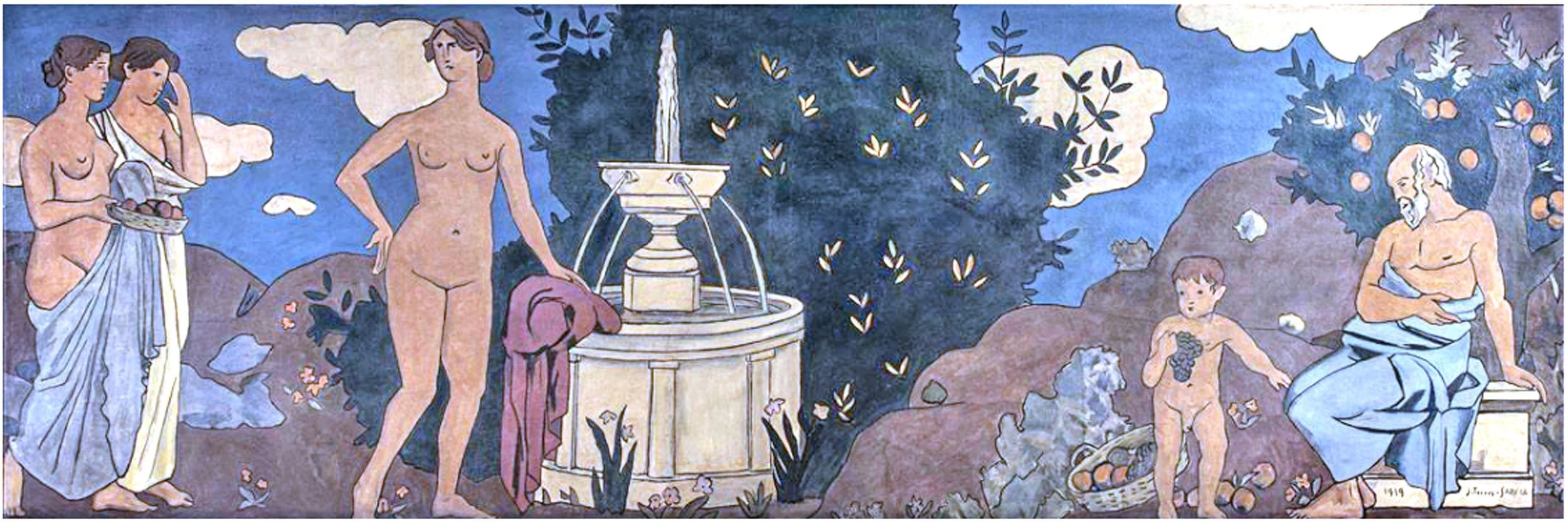
1921
Gives lectures at the Catalonia National Club and publishes a series of essays for their magazine Catalonia.
Marcel Duchamp and Katherine Dreier visit his studio, and Dreier acquires his works for the Societé Anonyme Inc.
Torres-García creates four illustrated books of New York City. He participates in Fifth Annual Exhibition of the Society of Independent Artists group exhibit; after the show, there is a costume ball at the Waldorf Astoria Hotel where Torres-García dresses as a caricature of New York City in his New York Suit.
the New York Times writes: "J. Torres-Garcia, the Spanish artist, who had New York City outlined on his costume, the Woolworth Building on one leg downtown, the Metropolitan Tower on the other, he sat on the Bowery, the Times Building was on his chest just above Forty-Second Street, and the Bronx ran uptown on the back of his neck.”
With Stuart Davis and Stansislaw Szukalski, he was part of a three-person exhibition at the Whitney Studio Club; The Arts writes: "J. Torres-García is more near reality of things, more near life, more near of himself. His talent is more vital. His paintings of life in our modern cities are admirable in their compactness, the exhibition as a whole is worth to see."
He receives a commission for a painting for the Church of Our Lady of Esperanza –Lady of Hope.
Illustrates the cover for the book The Great Way by Horace Fish and designs the scenery, the costumes and posters for its play shown at the Park Theater. Finishes work on the book New York, a continuation of three essays published the year prior.
The group exhibition Paintings and Drawings by American Artists Showing the Later Tendencies in Art exhibits his work alongside Georgia O’Keeffe, Charles Sheeler, Man Ray, Stella and others at the Pennsylvania Academy of the Fine Arts, Philadelphia.







1922
Solo exhibition in Hanfstaengl Gallery in New York. He participates in the Whitney Studio Club, Annual Exhibitions of Painting and Sculpture by Members of the Club group exhibit. Founds the Aladdin Toy Company, American distributors of Torres-García’s toys, on 66 Leonard Street and is granted a patent registered the prior year. Torres-García travels to Italy, disembarked in Genoa, visited Pisa and Cascina, and by October had settled in Fiesole, in the heart of Tuscany. He rented what had once been the villa’s caretaker’s house, surrounded by a magnificent garden. Direct contact with Romanesque and Renaissance art bore fruit in a new series of unmistakable works, in which he experimented with a highly personal form of Cubism. Preparatory interviews began for what would become the first monograph on the artist, which was published in 1926.
Participates in two group exhibits at the Salon d’Automne, Paris. Begins work on three-dimensional wood sculptures that he will title Objets plastiques. The Aladdin Toy Company’s warehouse in New York catches fire, and his stock of toys is destroyed. Leaves Italy for Villefranche-sur-Mer, France.











1926
Returns to Paris. Has solo exhibitions at Galerie A.G. Fabre in Paris and Galeries Dalmau in Barcelona. Participates in group exhibitions: the Salon d’Automne in Paris, and the Galeries Dalmau with Miro, Delaunay, Picabia, Gleizes, and Barradas. The government of Barcelona orders the destruction and repainting of his frescoes at the Palau de la Generalitat. This creates a scandal, in which with local artists refuse the task; the few that do cover with canvases cleverly overlaid over the originals thus preserving them for posterity.
Various solo exhibitions. Enrolls his children at the Académie Ozenfant. Completes Mise Au Point, the first of many art books in which he blurs the distinction between written text and drawings. He completes a new series of “Joguines d’Art.” With Theo Van Doesburg and Piet Mondrian collaborates on the creation of the modern art movement that will be known as the Cercle et Carré.

1929
Piet Mondrian joins Torres-García and Van Doesburg in various group exhibitions that year: L’Esac in Amsterdam, Abstrakte und Surrealistische Malerei und Plastik in Zurich, Exposicion de Arte Moderno nacional y Extranjero at the Galeries Dalmau in Barcelona. Publishes various essays including “Origen y Desarollo del Cubismo.” Duchamp and Dreier visit his studio; she buys a painting and drawings for the Société Anonyme. Torres-García participates in various other group shows, including Exposition d’Art Abstrait, Editions Bonaparte Gallery in Paris, and the Salon de Surindependants, Paris. Holds weekly “social” evenings at his studio where Mondrian, Jean Arp, Van Doesburg, Michel Seuphor, Pierre Daura, Jean Xceron, Jean Hélion, John Graham and others get together to discuss art, Torres-García writes “the fruit of those long evenings was the publication of the Cercle et Carré magazine.”

1930
Founding of the Cercle et Carré; the group publishes three magazines and holds a collective exhibit at the Galerie 23 in Paris with Torres-García, Mondrian, Arp, Wassily Kandinsky, Le Corbusier, Stella, Amédée Ozenfant, and others. Torres-García then participates in two more group exhibitions, the Salon Les Independants, Paris, and the Salon de la Societe des Artistes Independants, Bordeaux. Publishes eight essays, among them “Una conversa amb Georges Braque.”
Torres-García has numerous solo shows in Paris at the Galerie Jeanne Buscher, Galerie Pierre, Galerie Percier, Galerie Jean Charpentier, and the Galerie Librairie Oliviero. Participates in three group exhibitions: at the Galerie Billet with Picasso, Miro, Daura and others; the Galerie Georges Petit with Miro, Salvador Dalí, Max Ernst, Alberto Giacometti, and others; and Les Superindépendants. Publishes three essays, among them “Père Soleil.”

1931
Torres-García has numerous solo shows in Paris at the Galerie Jeanne Buscher, Galerie Pierre, Galerie Percier, Galerie Jean Charpentier, and the Galerie Librairie Oliviero. Participates in three group exhibitions: at the Galerie Billet with Picasso, Miro, Daura and others; the Galerie Georges Petit with Miro, Salvador Dalí, Max Ernst, Alberto Giacometti, and others; and Les Superindépendants. Publishes three essays, among them “Père Soleil.”
1932
Solo exhibition at Galerie Pierre in Paris. Participates in multiple group shows in Paris: the Librairie de l'Opéra; Galerie Jean Bucher with Ernst, Arp and Jean Lurçat; an additional show in Galerie Jean Bucher; and the Galerie Zak. Albert Eugene Gallatin visits his studio and acquires multiple works for the Gallery of Living Art at New York University. Towards the end of the year, Luis de Zulueta, Minister of State of Spain's Second Republic and Torres-García’s friend since childhood, entreats him to move to Madrid, the letter writes "we need men like you."

1933
Torres-García returns to Madrid, Spain. Solo exhibitions at the Residencia de Señoritas, Madrid; Museum of Modern Art of Madrid; and Cercle Artistic de Sant Lluc in Barcelona. Conferences at various institutions. Participates in the Asociacion de Artistas Ibericos group exhibit in Madrid. Named honorary President of the Málaga Association of Arts and Crafts Students. Founds the art group Grupo de Arte Constructivo, and organizes and participates in its first exhibition at the Salon de Otoño in Madrid. Publishes two essays, the book Guiones, and finishes work on two other texts including Arte Constructivo. With growing political and social instability in Spain, Torres-García embarks on his fourth and last transatlantic journey on April 11th to Uruguay.

1934
Torres-García arrives at Montevideo, Uruguay, the place of his birth sixty years earlier. Lectures at various organizations and institutions, and he is named honorary professor at the School of Architecture of Montevideo. Founds the first school of modern art in the region; Asociacion de Arte Constructivo. Solo exhibit 1ª. Exposición de Pintura y Escultura. Albert Eugene Gallatin purchases more works of Torres-García for the Gallery of Living Art.


1936
Publishes his autobiography Historia de mi Vida. Founds the American chapter of Cercle et Carré, adopting the name Círculo y cuadrado. Participates in two group exhibits in Paris: Salón des Surindépendents and Origines et développement de l'art international indépendant organized by the Musée du Jeu de Paume in Paris. Completes Monumento Cosmico, an aptly named monumental 16 by 9-foot granite sculpture. Begins once again to paint portraits of famous and infamous historical figures; he names the series of over a hundred paintings Hombres, Heroes y Monstruos. World War II breaks out in Europe, and Torres-García corresponds with friends and family who keep him updated on the unfolding horror and chaos




1940
Torres announced the closure of his school, the Asociación de Arte Constructivo (Association of Constructive Art), with the publication of the text 500th Lecture by J. Torres-García in Montevideo between 1934 and 1940.
It was delivered during an exhibition and expressed a mood of disenchantment, one also present in the book he completed in 1941, The City Without a Name. Both works reflect his disillusionment, not only with the lack of understanding of his teachings among his students, but also with the an adverse cultural climate he encountered in the city.
In 1943, at the urging of his children—resumed his pedagogical vocation. He founded a new academy, the Taller Torres-García. The group of students he accepted as disciples was made up solely of young people without preconceived artistic ideas.
Guido Castillo, one of its members, later recalled:
“…The exceptional character of the Taller provoked the outrage of the vulgar multitudes of both the right and left, who joined forces to attack Torres-García by every means. He was considered a dangerous madman whose strange and extravagant doctrines were corrupting the youth. The Taller became an island surrounded by enemies and inhabited by young savages, led by a chieftain and sorcerer who, with his spells, compelled them to carry out diabolical practices. As there was no forum to respond to the attacks, the members of the Taller decided to publish their own organ of combat, and thus, in January 1945, Removedor was born. It was a small magazine that carried an enormous explosive charge, and with it, the members of the Taller—and Torres-García himself—were transformed from the attacked into fierce, implacable, and fearsome attackers…”










1944
Entry in his diary: “…I have suffered an attack in the head…”—a stroke or cerebral infarction?—and beside the words he sketched a shaded bust from which geometric lines radiate like rays.
Torres-García created seven murals, two in black and white and five in primary colors—monumental paintings integrated into the rationalist architecture of the Martirene Pavilion at the Saint Bois Hospital. Executed with commercial oil-based enamels applied directly onto the plaster walls, he completed them in just under thirty days.
Torres created the mural La Maternidad for the Rodríguez López Sanatorium, featuring a group of figures of a mother and child while the father looks on, a revisited theme from The Golden Age of Humanity, the fresco he had painted for the Palau de la Generalitat in Barcelona in 1915—a work Torres believed had been destroyed since 1926.
Participates in the Exposición de Pintura Moderna del Uruguay group show in Galería Comte de Arte Moderno, Buenos Aires.
Continues lecturing and teaching; he writes over forty essays and books since his arrival to Uruguay.
He received a visit from the anthropologist Charles Wagley, who at the time was conducting fieldwork among the native cultures of Brazil’s Amazon jungle.
In 1946, a solo exhibition opened at Galerie Pierre in Paris. Loeb invited Torres to exhibit—one of the first shows in the city after the war—accompanied by works from his students. Loeb kept several pieces for his own collection, and three of them would become part of MoMA’s collection.



1947
He brought to a close the manuscript of The Apparent and the Concrete in Art. It featured eight of his works from 1925 to 1943—some figurative, others abstract. To each he gave the same title: Constructivism.
Despite his fragile health, Torres gave weekly lectures at the University of Humanities and Sciences. These were later compiled into a book published posthumously under the title The Recovery of the Object.
Torres was plans for a retrospective in New York. “…from New York, one of the finest art galleries has requested an exhibition of mine. Well, everything is in motion and it will take place…” he wrote with satisfaction. Yet fate intervened: and it became his first posthumous exhibition, unveiled on April 2, 1950.
The last entry in his diary June 19, 1949 reads with disarming simplicity: “…Augusto turns thirty-six…” It was a date charged with double meaning—his mother’s death in 1923 and his son Augusto’s birth in 1913—two events he always marked together, drawn side by side like an ideogram.
He painted a series of works that recall the stone-carved pediment of Palma de Mallorca’s Cathedral, where he had once worked alongside Gaudí. In the original pediment, the Immaculate Mary and Marian symbols appear; in his painting they are supplanted by figures encircled with ordinary things: a broom, a bottle, a jug, a spoon, a coffeepot, a star, a moon… everyday objects transfigured into the sacred.
On August 8, 1949, in Montevideo, Joaquín Torres-García passed away at the age of seventy-five. He left behind nearly five thousand artworks and more than a hundred and fifty written works—an entire universe, painted and written.





